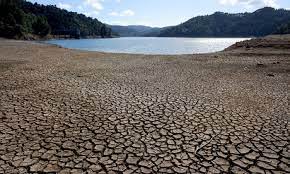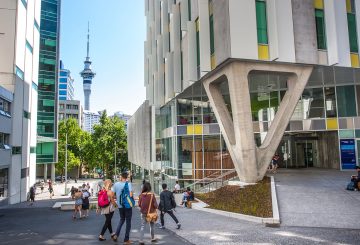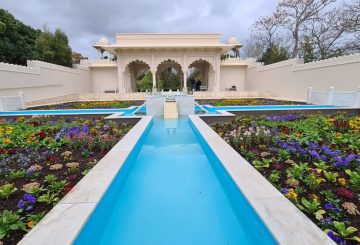컨설팅 회사인 딜로이트의 새로운 보고서에 따르면 결정적인 기후 조치가 취해진다면 2050년까지 뉴질랜드 경제가 640억 달러 더 나아질 수 있다고 합니다.
그러나 조치를 취하지 않으면 경제가 44억 달러 위축될 수 있습니다.
딜로이트의 터닝 포인트 (Turning Point) 는 2050년까지 지구 온난화를 산업화 이전 수준보다 1.5°C 가까이 제한하는 것과 2050년까지 지구 온난화를 가능한 한 산업화 이전 수준보다 1.5°C 가까이 제한하는 것과 비교합니다.
보고서는 이 나라가 “빠른 탈탄소화로 성장과 번영의 선두주자”가 될 기회를 얻었다고 밝혔다.
즉, 초기 투자 비용이 처음에는 경제 활동을 저하시키지만 2036년 즈음에는 전환점이 찾아와 성장률이 비용보다 커지기 시작할 것입니다.
탈탄소화 속도를 높일 수 있다면 뉴질랜드가 혜택을 가장 먼저 거둘 수 있는 국가 중 하나가 될 것입니다.”
보고서는 아무 조치도 취하지 않고 기온 상승으로 인해 생산적인 토지가 손실되고 기존 자산을 보충하는 데 투자가 전용되는 등 큰 타격을 입을 것으로 예측합니다.
보고서는 또한 긴급 조치를 취하지 않을 경우 기후 변화로 인해 2050년까지 약 3,000개의 일자리가 줄어들 것으로 예측했습니다.
걱정스럽게도 보고서는 예측이 보수적이라고 말했습니다.
딜로이트는 뉴질랜드가 세계 총 배출량에 대한 전반적인 기여도가 낮음에도 불구하고 1.5C 목표를 달성하는 것은 전 세계적 목표이지만 아무것도 할 여유가 없다고 말했다.






























































